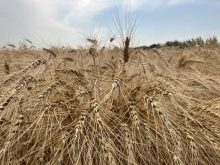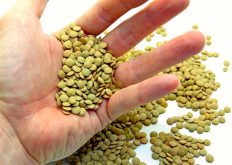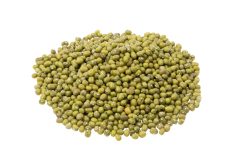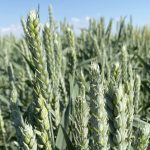Glacier FarmMedia – Flax prices have been steady to higher over the last month with old crop prices on the Canadian Prairies adding 75 cents per bushel, while those in North Dakota remained unchanged.
Cash prices for flax across Western Canada ranged from C$13.20 to C$15.75 per bushel for old crop delivered, with new crop at C$16.30, according to Prairie Ag Hotwire. Those in North Dakota were steady at the Canadian dollar equivalent of C$13.91 to C$15.94/bu. delivered for old crop, with no new crop prices listed by Prairie Ag.
Read Also
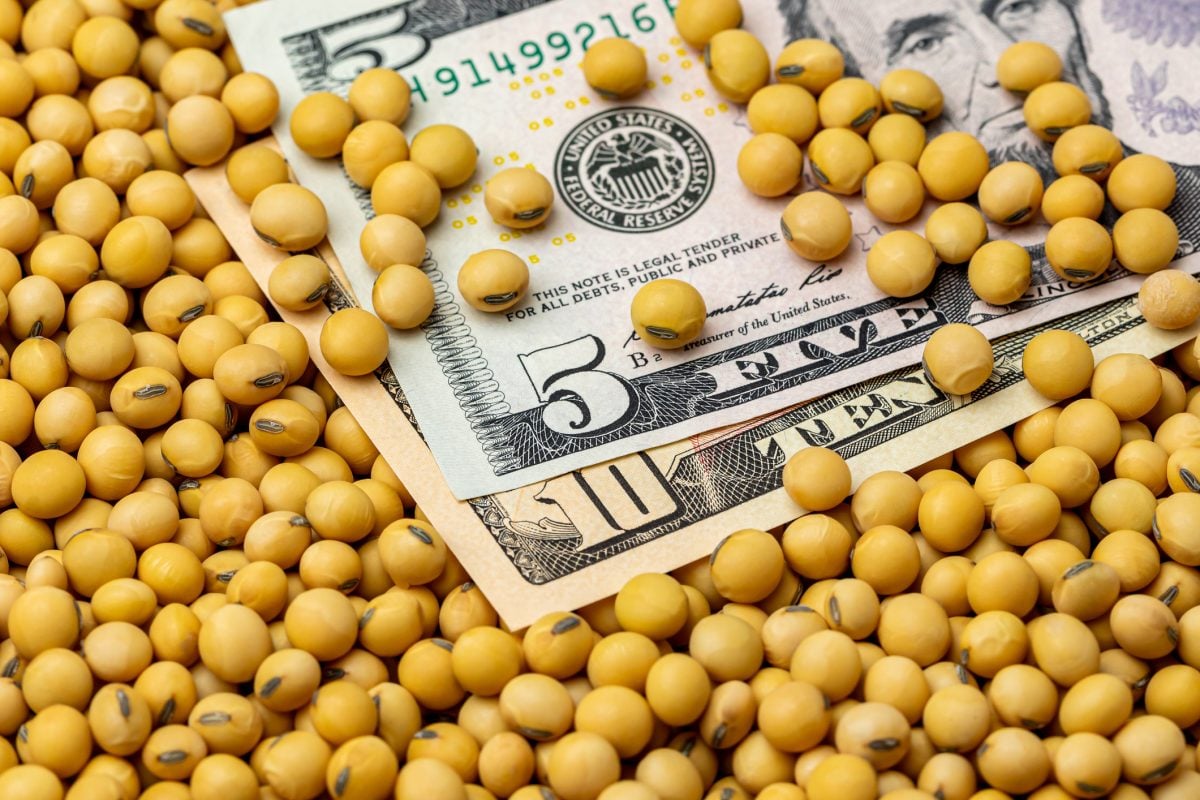
U.S. grains: Soybeans set 15-month high on U.S.-China trade deal hopes
Chicago soybean futures reached their highest in 15 months on Tuesday, briefly topping $11 a bushel on optimism that the U.S. could reach a trade deal with China as leaders from both countries are expected to meet in South Korea on Thursday.
“It’s going to be a good year for flax because acres are projected to be down again and we are seeing less guys who are going to be flax growers,” commented Scott Shiels of Grain Millers Canada in Yorkton, Sask.
He stressed that flax is a particularly difficult crop to grow, one that’s not conducive to every area. Of the flax grown on the Prairies, he said it’s only been the brown flax that’s he’s seen upward price movement.
Planted flax acres continued to decline in Canada and the United States. Last month Statistics Canada projected flax acres on the Prairies to drop to 510,300 acres in 2024/25, down from 609,200 the year before and the 778,900 sown in 2022/23. The region is the only part of the country that has continued to grow flax with any measurable data.
This year will mark the first time since 1950 that Canadian planted flax acres were below 600,000 when 584,000 were seeded. As well, this would be the smallest area planted since 1940 when 381,500 acres were seeded.
Last week, the U.S. Department of Agriculture set flax acres at 105,000, split almost evenly between Montana and North Dakota. Flax area will drop from last year’s 178,000 acres seeded last year and the 263,000 in 2022/23.
“A lot of times when the first acre reports come out and acres are lower, it will push up the old crop prices,” Shiels explained.
Besides reduced acres, he also stated prices have risen on the Canadian Prairies more likely due to buyers finding themselves short.
“That’s a good opportunity for the farmer,” he said, however there’s a downside to be cautious of.
“It seems to be one of easiest crops for customers and buyers to import,” Shiels warned, noting that foreign flax is often as good of quality as Canadian flax.
“We’ve seen it in the past, that guys are waiting too long” before prices suddenly drop, he added.
— Glen Hallick reports for MarketsFarm from Winnipeg




